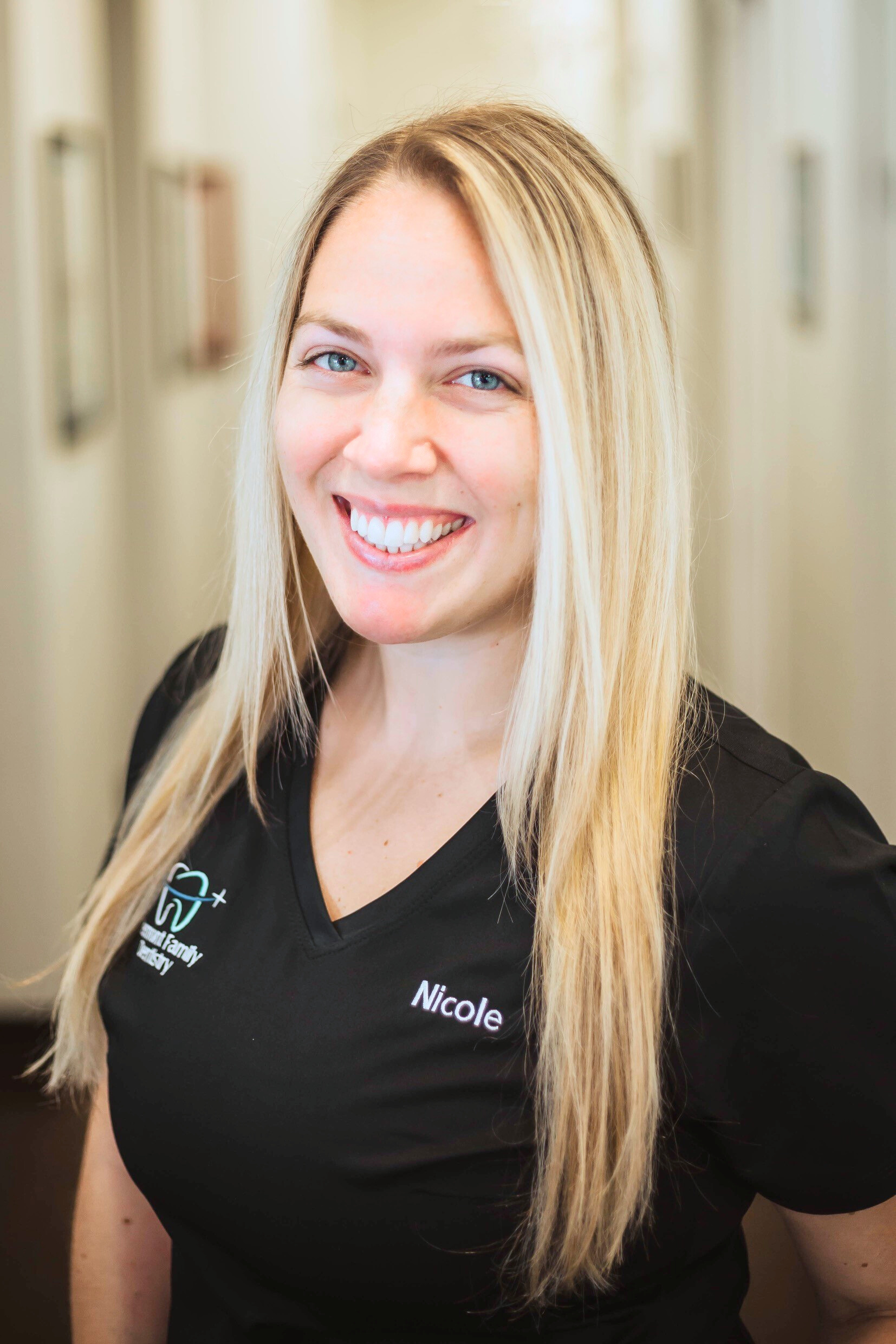“Spring Cleaning” Your Dental Practice – OSHA Compliance Checklist for You and Your Clinical Team

Sometimes, OSHA Compliance can sound intimidating. OSHA compliance is a vital aspect of your job, but this just doesn’t come from one person; this is a team effort every day in the office. You should have a designated team member as your OSHA Compliance Officer. Still, depending on your office, you may have a lead assistant or a clinical coordinator with whom you will work closely to adhere to the OSHA Compliance Standard. This article is an OSHA Compliance checklist for dental offices to read through annually, along with general guidelines, to ensure you avoid violations. So, let’s take a deep breath together (INHALE…EXHALE) and get to spring cleaning and tackling this list!
Employee Education and Training
OSHA training should occur when an employee is hired or when a new chemical hazard is introduced to the office. Some companies provide virtual training instead of having in-person training for one employee. There is an option to complete group training for your entire office if it is in person. Once the training is completed, scheduling your annual training for the next year is suggested so it is already on the schedule before your trainer leaves. Everyone on your team should also be trained in CPR, not just the clinical team. Training should be completed annually so team members are always up to date on being OSHA compliant and standard practices.
OSHA Required Paperwork
OSHA requires documentation and recordkeeping to help employers monitor their ongoing safety procedures. Follow up annually with all licenses to ensure they are up to date and not expired (Doctors, Radiation and Hazardous Waste—Biohazard). These should be displayed in the office for inspectors to see if necessary.
Bloodborne Pathogen Standard
Compliance with the Bloodborne Pathogen Standard is crucial to securing a safe environment for the team. Properly disposing of medical waste and sharps containers must be maintained. All paperwork from any Biohazard company must be recorded and kept in a Biohazard binder for inspectors to review. Also, ensure that all hired employees are offered the Hepatitis B vaccine at no charge to them at the hire date.
Radiation Standard
This regulation states that specific equipment or work areas that may expose an individual to radiation need identifiable signs or written labels. The clinical team should also wear radiation monitors that track the exposure the employee is subject to. Depending on the type of badges your office gets will determine how you monitor the readings. Some are a USB drive for you to monitor online and can plug in once a month for their readings, or some you will have to send to a professional company, either weekly or quarterly, for them to conduct the readings. This should be stated in your schedule so your team knows when the readings need to take place.
Hazardous Communications Standard
This standard states that employees have the right to know the hazards of the chemicals/materials they work with. The employer is responsible for ensuring that hazardous chemicals in the office are correctly labeled. Employers must also develop, implement, and maintain a written hazard communication program. Safety Data Sheets (SDS) need to be collected for all products used in the office (not just dental products but cleaning products included). These SDS sheets can be kept in a binder or stored electronically on a local computer (cloud-based) or a USB drive. Whichever storage option works best for your office should be accessible for employees to get to in case of an emergency. SDS sheets must also be kept for 30 years from the last date they were used in the office. Any new products ordered must be added to the SDS binder. If the SDS sheet does not come with the corresponding product, you can always search Google for one.
Personal Protective Equipment (PPE)
Employers must provide PPE such as gloves, safety glasses, gowns, and masks and ensure employees wear the proper PPE throughout their workday. You should order your PPE bi-weekly or monthly and ensure it is appropriate for all employees. The employer must also clean and maintain the PPE. Setting up a laundering service with a professional company or having a washer and dryer in the office will help maintain compliance.
Maintaining Equipment
Create a calendar that creates quarterly reminders and ensures all dental equipment is well maintained. All equipment should be maintained monthly, and repairs should be recorded and kept on file. All equipment should be able to be used to its manufacturer’s standard. Having equipment down will hinder your team’s ability to adequately treat your patients, so keeping up with maintenance will help prevent it from breaking.
Exposure Control Plan
A written Exposure Control Plan, accessible to all employees, must be designed to eliminate or minimize occupational exposures. This plan should be maintained annually to ensure any changes are made to keep your employees safe. It would help if you also reevaluated when new procedures are presented to the practice.
First Aid Kit
Your First Aid Kit should be maintained monthly to ensure that nothing expired is being used. Depending on what company you use, they will automatically send you new products for your first aid kit and have you send back expired products. It is very important to check your AED as well to ensure that the electrode pads are not expired and that they are well maintained.
Proper Signage
Check to make sure all signage is up-to-date and posted. Signage examples: Federal Wage poster, OSHA 3165 poster, Equal Opportunity Employer poster, Family Medical Leave Act poster (if you have 50 or more employees), an Emergency Evacuation Plan should be created, any state–specific posters that are necessary, and a housekeeping schedule.
Being OSHA compliant takes work and dedication to keep your team members and office safe. This checklist may seem like a lot of work, but with the right team members helping you throughout the year, you will remain OSHA compliant. We all want to work in a safe environment, but for that to happen, we all need to take part in spring cleaning and being OSHA compliant.
About the Author

Nicole Sperone, DA, FAADOM
Nicole Sperone is an office manager at Clermont Family Dentistry, with 8 years in the industry. Her passion was in dental assisting but soon learned her potential and grew into dental management. She enjoys spending time with her family and also helps students achieve their Dental Assistant Certificates while working at The Dental Education Institute on the weekends. Nicole is a proud member of the American Association of Dental Office Management and earned her FAADOM in 2023.








